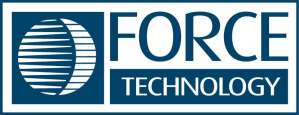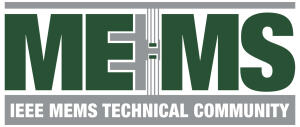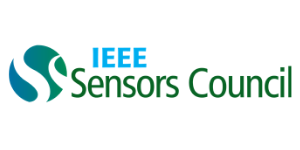The structure of board meetings differs based on the composition and function of the group. Some meetings are formal and adhere to strict guidelines for parliamentary procedure (Call to Orders, Motions by Members and Motions by Members, etc.). Certain meetings are more informal and can be held anywhere such as the CEO’s house or restaurant. Whatever the setting the board meeting must have certain basic elements.
The director in charge should open the new board meeting by addressing any logistical issues (date and time, location of the meeting; meeting link or videoconference or videoconference, etc.). This is the ideal time to announce any special announcements, give kudos, or shout outs.
After all the logistics are in place, the presiding officer is then able to discuss any issues or concerns with the company’s performance in recent times. This is an opportunity for the C-suite and other managers to discuss their ideas and opinions on the past performance as well as the future. It is essential that the board creates unified strategies to allow the company to grow across all departments, and expand their market reach.
The board should focus on developing actions items that every chief officer will relay to their departments. This could be as simple as improving a sales process, or as intricate as establishing a new protocol for client onboarding. The board must also select key performance indicators (KPI) to measure success against. The final stage of the board meeting is a vote on any decisions that require voting. After the votes have been counted the board is able to take action or reopen a decision that was not passed by a majority.









